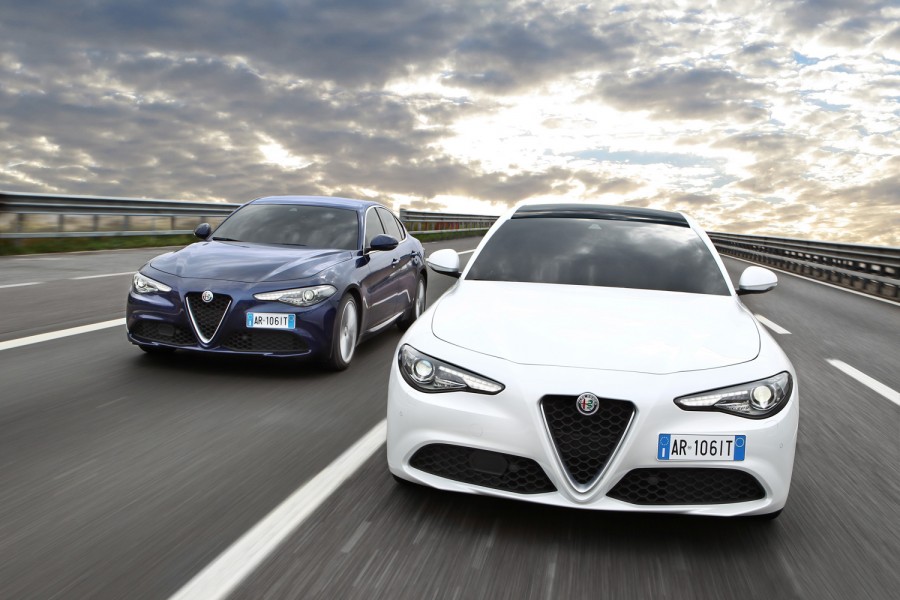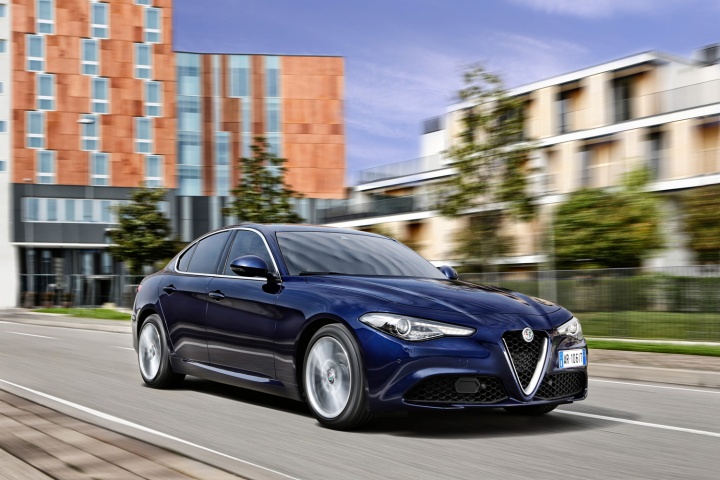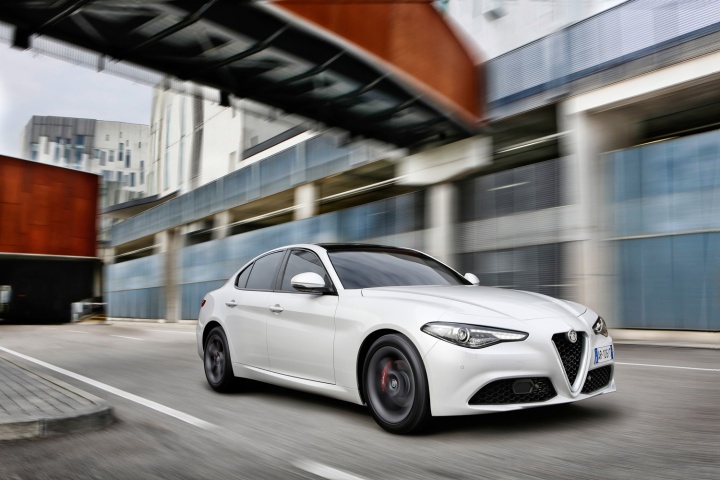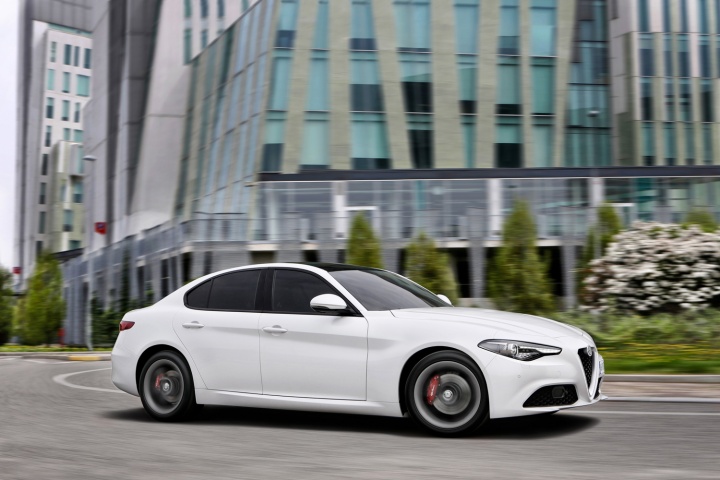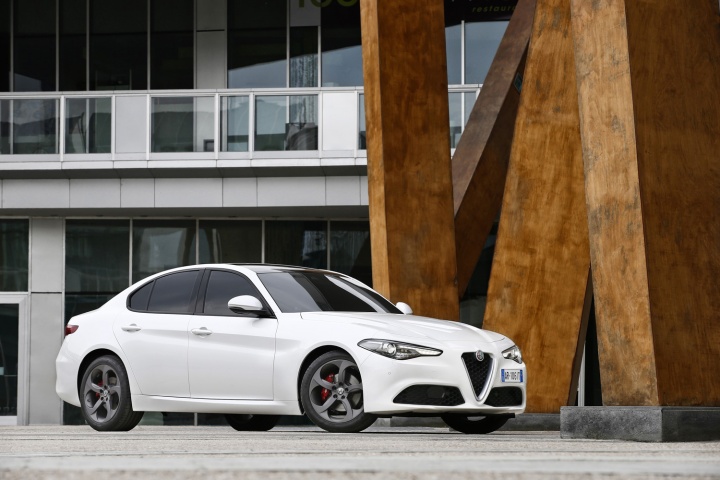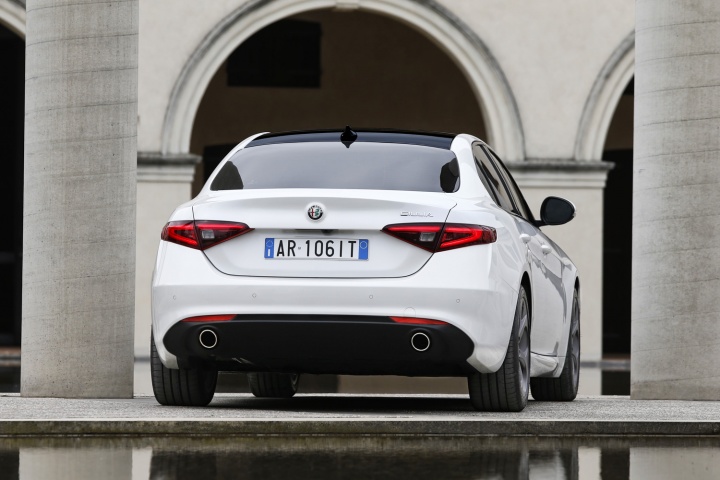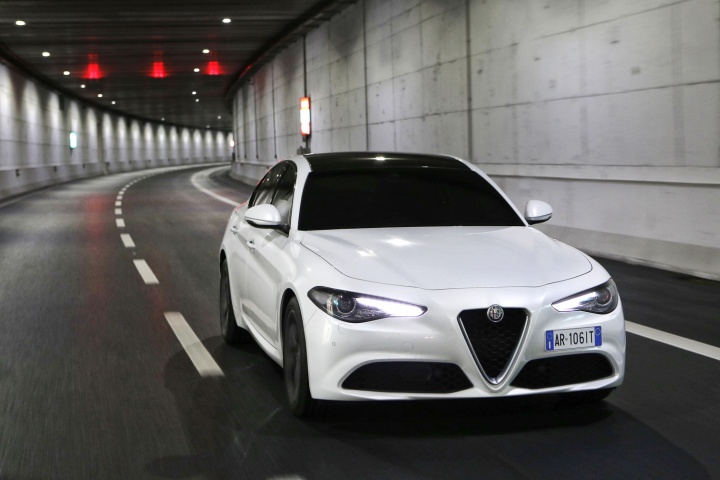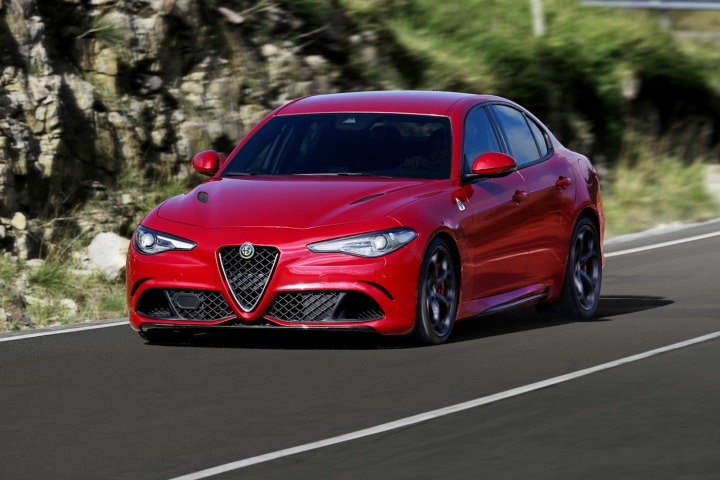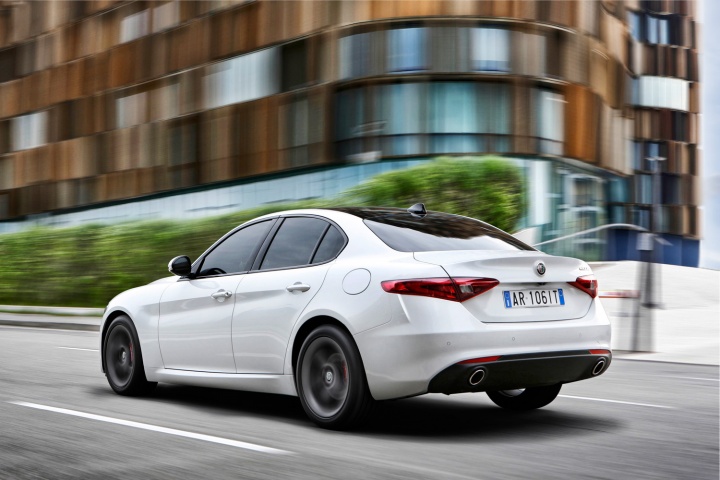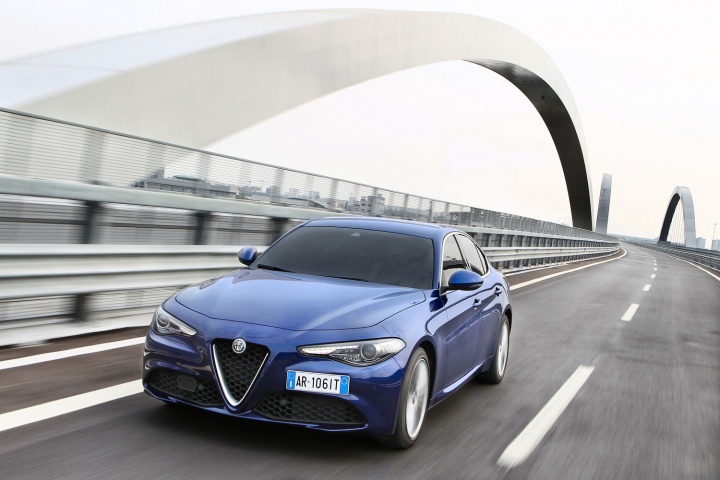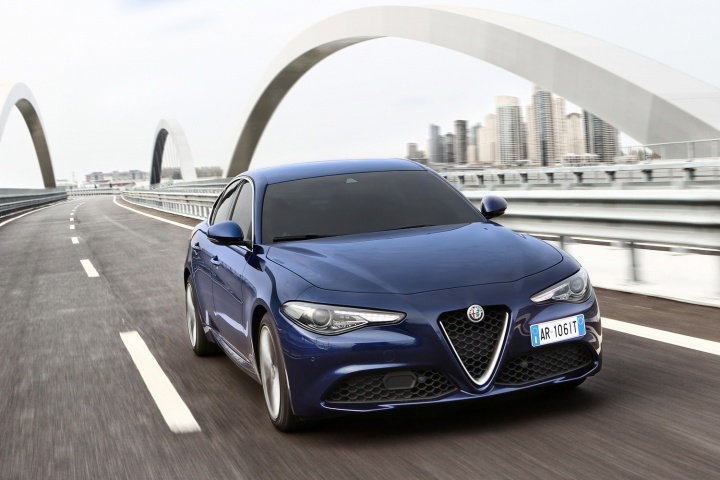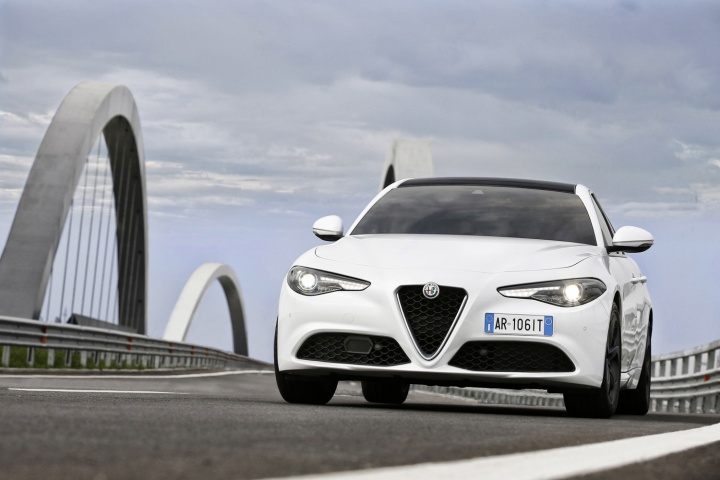A couple of unexpected things happened in the past few days, both of them involving Alfa Romeo. First up, I had a test car cancelled out from under me (not that unusual, but not that common either) and had to scramble around to find something to drive, and write about. Alfa Romeo Ireland took pity on me, and managed to find a Giulia saloon that was available. Great, I thought. It'll be the storming, 510hp, V6 turbo, Quadrifoglio version. Or at least the 280hp turbo Veloce model.
Nope. It was a basic, as basic-as-can-be 160hp 2.2-litre diesel Giulia, in Super trim. Which is not that super, as it lacks such normal exec-car niceties as leather trim, or a big touchscreen, or even those gorgeous, milled-from-solid aluminium gearshift paddles normally found in a Giulia (they're an option).
It wasn't even new. Thanks to the last-minute nature of the arrangement, it was actually a car pulled from regular fleet duties, so it was actually a year old and had 9,000km on the clock. My story was, clearly, going to have to be a used review...
Wait though, because clearly the gods of serendipity were glancing my way, and to judge from the outcome, they're good, old-fashioned, Roman gods. What comes winging its way into my inbox but the latest What Car? annual reliability survey, and there at number eight in the 'most reliable' list is a name that will have you spitting out your ristretto in surprise. Alfa Romeo.
The top of the What Car? 2018 reliability survey is predictably dominated by the Japanese brands, so don't worry - you've not passed into some bizarre parallel universe. Suzuki comes out top, followed by Lexus, then Toyota, with Kia (OK, they're Korean), Mitsubishi, and Subaru all equal fourth. Seventh place, and the first European brand, is Skoda.
Then Alfa. Eight place, with a 95.5 per cent reliability score. Ahead of SEAT, ahead of Mazda, of Vauxhall, Dacia, Fiat, Honda, BMW, Volkswagen, Ford... The list goes on, all the way down to Tesla in 31st position.
What the heck is this about, then? A brand, famous it's true for its motor racing successes and its gorgeous road cars, but famous equally for its rust and fragility down the years, is now top-ten in a survey that's as reliable for its data as the top-scoring brands are for their mechanical bits?
It seems as if the new broom that the late Sergio Marchionne swept through Alfa, the same one that produced the Giulia saloon and the Stelvio SUV, has finally done what should have long ago been done and taught Alfa how to properly build a modern car. "It's great to see Alfa Romeo disproving its reputation for unreliability, with scores of 92.9 per cent and 96.9 per cent for newer Giuliettas and Giulias respectively" said a What Car? representative, although they also did point out that, as they age, older Giulietta hatchbacks make for a rather less rosy reliability prospect. Even so, it's an impressive performance.
There seems even to be good news on the residual value front, oft a tripping point for Alfas of old. While you can't necessarily translate the experience of the UK market to the Irish one (they're really quite different markets, in spite of some overarching similarities) the fact is that the Giulia seems to play pretty strongly in the used car market. Andrew Mee, Senior Forecast Editor at CAP, the people who basically tell the industry what their used values are going to be, said: '"With the introduction of the new Giulia, Alfa Romeo has created an interesting and credible alternative to established models from premium brands. The CAP-HPI gold book forecasts reflect this fresh approach, attention to detail, and relatively low anticipated registration volumes, all of which should result in the Giulia being a desirable future used car."
So, how does that translate through to a year old, medium-ish mileage, dark blue, Giulia Super diesel, sat in front of me? Really rather well, as it happens...
The cars that journalists are usually given to drive are the specced-up ones, the ones with all the toys. It's a case both of car makers wanting to put their best feet forward, and also a bit of button-based bribery - the more toys on board, the more likely a reviewer is to be distracted from any issues that arise.
This Giulia, though, was all but bare. Well, not quite bare - it has an eight-speed automatic gearbox as standard, a DAB stereo, switchable DNA driving modes, split-zone air conditioning, keyless ignition, cruise control, and parking sensors, so it was hardly bare inside. The cloth seats were a bit of a disappointment, but that fades once you notice how comfy and supportive they are.
The engine? Actually, it's arguably better than the more spec-heavy 190hp version. The torque figure of the two engines, 450Nm, is identical, so performance is barely any different between this base model and the more expensive version. It's economical too - we easily squeezed 5.3 litres per 100km out of it, and I'd swear it's a touch more refined than the more powerful model too.
The Giulia's basic flaws remain - the infotainment system is too basic, some of the switches and buttons are annoyingly cheap and tacky, and the steering still tugs at the front tyre treads when on full lock (a trait Alfa has inherited from its distant relatives at Ferrari), there's not quite enough space in the back, and the engine rattles on a cold start.
Then again, the strengths are there too. That three-spoke steering wheel, with its delicately narrow rim, feels fantastic in your hands, and it allows you to really, seriously enjoy your driving. The steering itself is slightly too sharp and light at first, and you can often find yourself steering too tight into corners, but once you get used to it, you soon realise that the Giulia has fantastic chassis balance and poise. It's at least as good as the outgoing BMW 3 Series to drive, and is certainly more fun by far than an Audi A4.
As far as quality goes, well the What Car? result speaks for itself, and our year-old test car exhibited not a single squeak nor rattle from the cabin during our time with it, nor did it display any electrical nor mechanical foibles.
Can it be true? Can the car brand which has so often promised so much, and delivered so little, really have actually done it? Can it be that Alfa Romeo finally has built a car that's as good to buy and own as it is to look at?
Apparently, yes.

